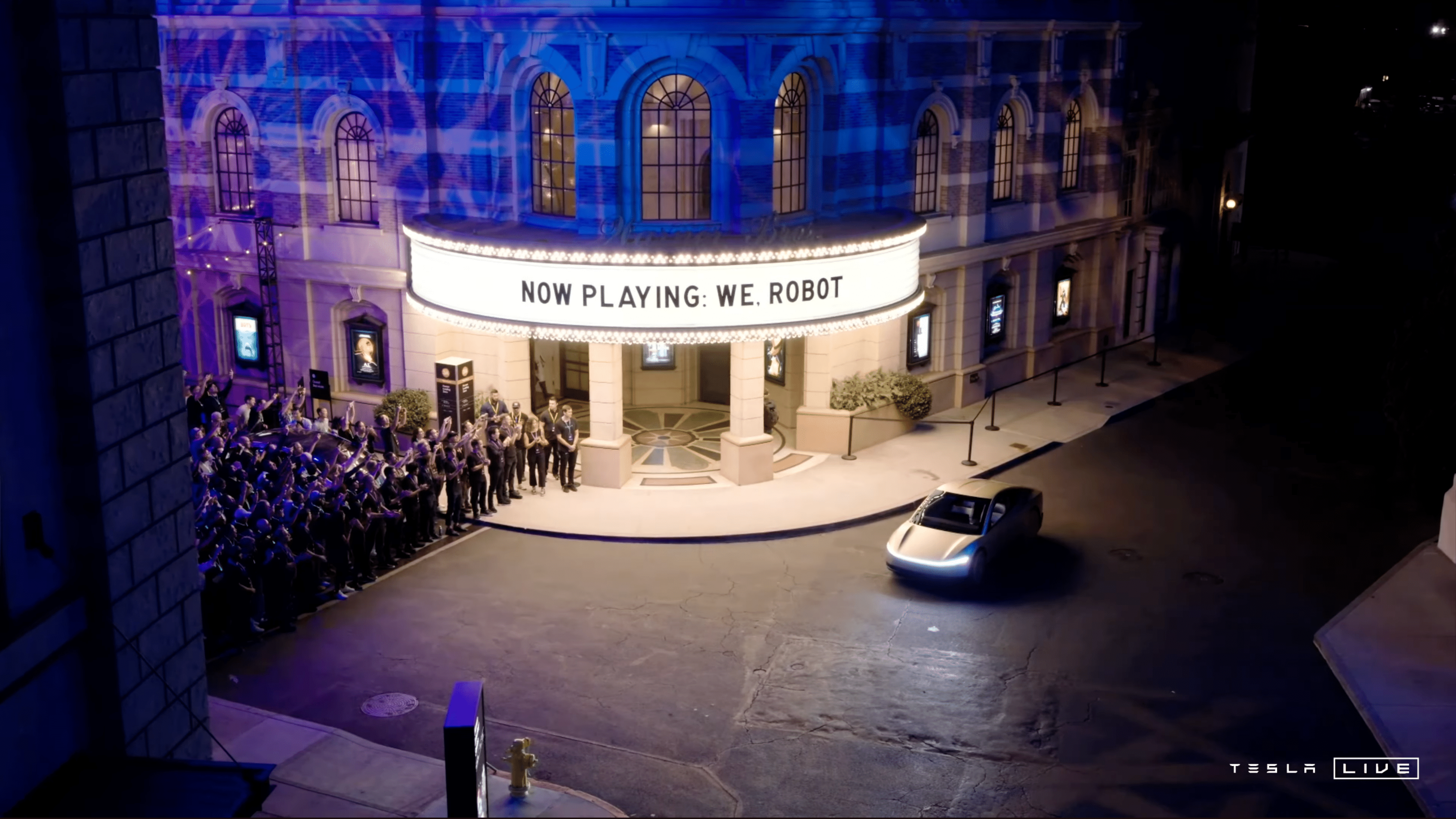
Tesla has officially revealed its Cybercab robotaxi, showcasing 20 vehicles at its “We, Robot” event held at Warner Bros. Discovery’s studio in California.
Six months after teasing its launch, CEO Elon Musk presented the sleek, compact Cybercab, which draws design inspiration from the Cybertruck. Musk arrived on stage in one of the robotaxis, which have no steering wheels or pedals, while pointing out that “there’s 20 more” for attendees to experience firsthand at the event.
Musk’s demo took place on the studio’s well-maintained streets, where the Cybercab’s gullwing doors opened and the vehicle demonstrated its autonomous capabilities.
During the event, Musk reiterated his belief that autonomous transportation will drastically lower costs, likening it to “individualized mass transit.” According to Musk, Tesla expects the Cybercab’s operational cost to average around $0.20 per mile. He also revealed that the Cybercab would eventually be available for purchase at a price below $30,000.
Tesla’s reliance on AI and vision-based technology, which has eliminated the need for radars and sensors used by other robotaxi services like Waymo, allows the company to reduce manufacturing costs and maintain affordability. Another notable feature of the Cybercab is its use of inductive (wireless) charging, removing the need for a plug-in charging port.
Musk also commented on Tesla’s ongoing work with Full Self-Driving (FSD) software, noting plans for “unsupervised FSD” in Texas and California next year, initially with the Model 3 and Model Y. Although Musk acknowledged that his timelines are often optimistic, he projected that Cybercab production would begin by 2026 or “before 2027.”
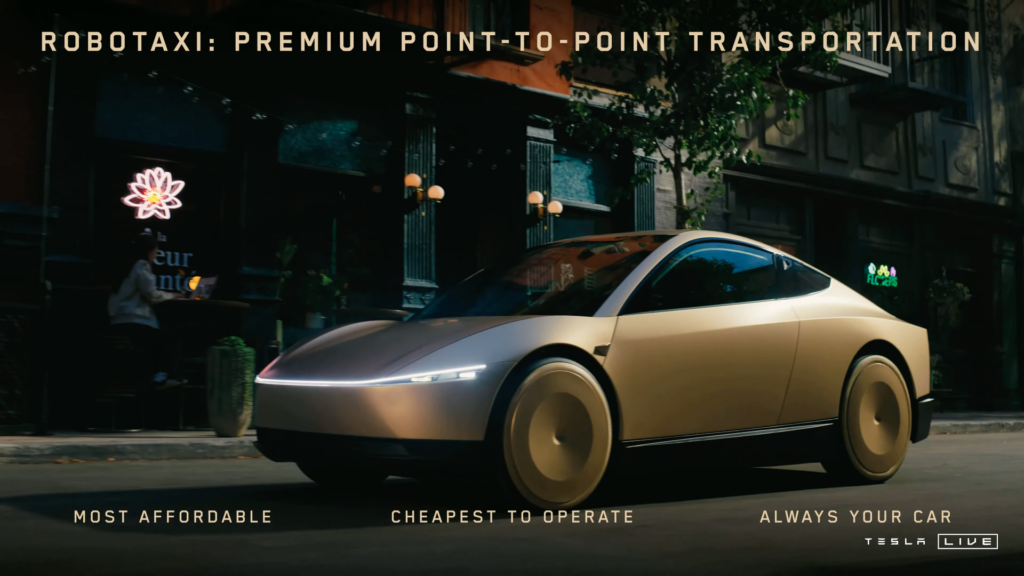
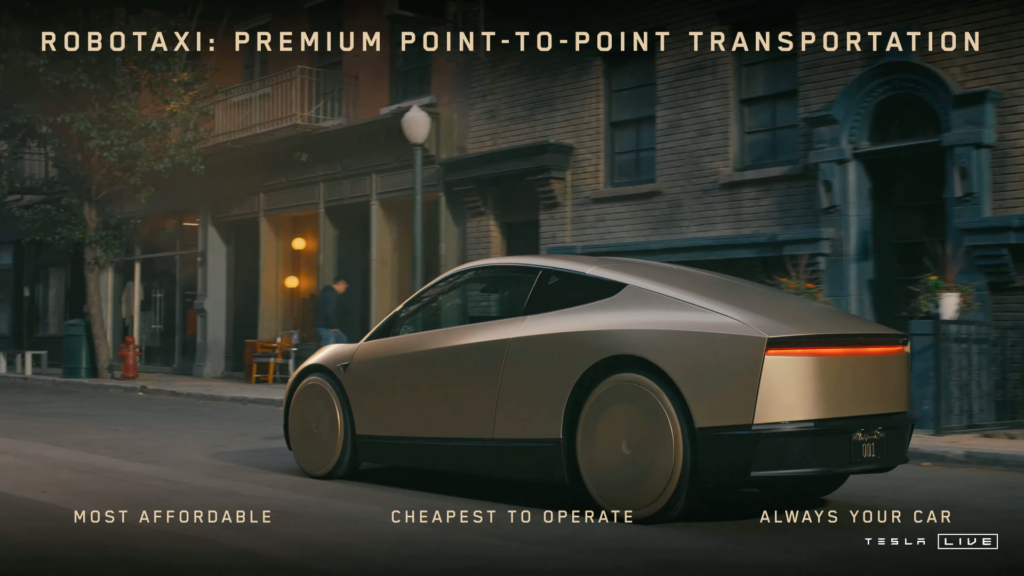
Tesla’s Long Road to Autonomous Robotaxis
Tesla’s robotaxi journey has been years in the making. The Cybercab launch was originally scheduled for August but was delayed after Musk requested design changes to the front. This push toward robotaxi autonomy follows a company-wide pivot from producing an affordable $25,000 electric vehicle, a project that was reportedly postponed, despite Musk denying such claims.
In addition to the Cybercab, Musk introduced the Robovan, an autonomous vehicle capable of carrying up to 20 passengers or transporting goods. While no production timeline was offered, Musk hinted that the Robovan could significantly reduce the costs of travel for larger groups, such as sports teams. He also suggested that the vehicle has the potential to transform the look of roads in the future.
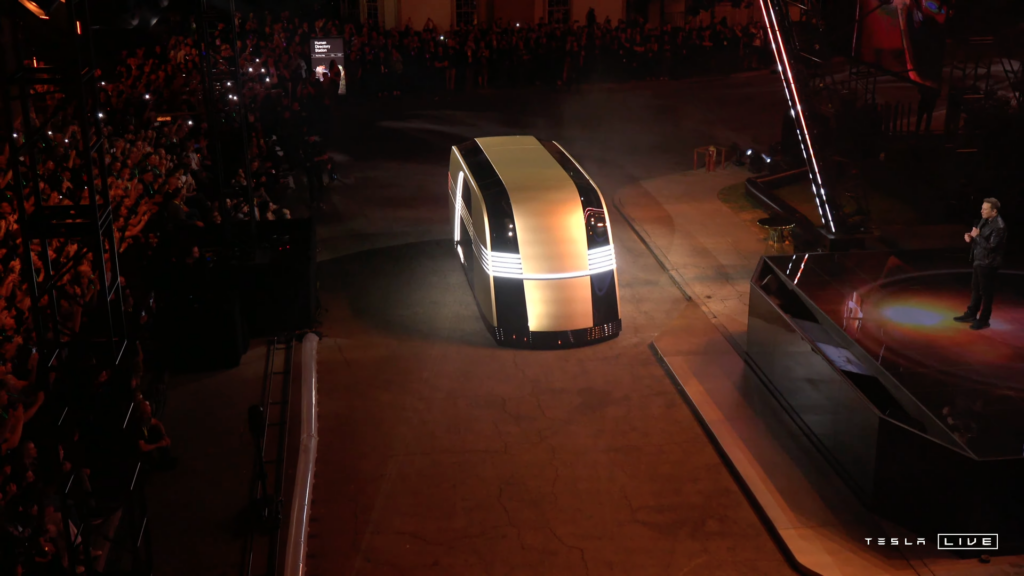
In addition to the unveiling of the Cybercab and Robovan, Tesla introduced roughly a dozen Optimus humanoid robots. Musk discussed his vision of Optimus robots acting as helpers and companions, suggesting they could be sold for $20,000 to $30,000. These robots mingled with attendees at the event, performing tasks such as mixing drinks and dancing.
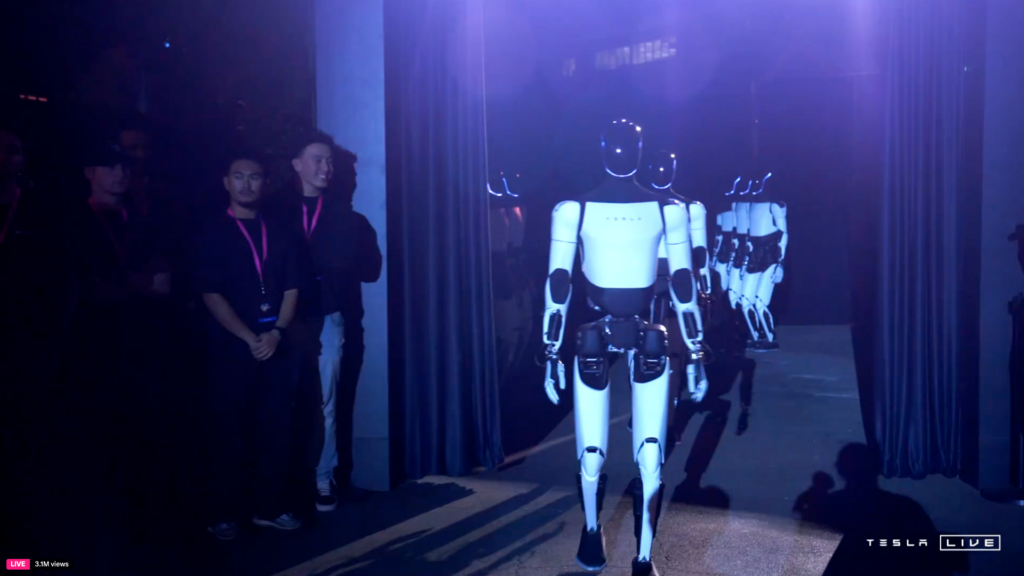
Featured Image courtesy of Tesla
Follow us for more tech news updates.
